The round, small, red thanh mai fruit. Juicy, with a harmonious sour and sweet taste. Thanh mai fruit is rich in vitamin C, good for the body. Let’s find out more about this fruit!
1 What is thanh mai fruit?
Thanh mai fruit, also known as wild strawberry or wineberry, belongs to the Myricaceae family and the Fagales order. It is a common fruit found in regions such as India, Nepal, southern China, Laos, and Japan. In Vietnam, natural thanh mai trees grow in many provinces in the northern, central, and Central Highlands regions. The cluster-shaped thanh mai fruit has a diameter of about 1.5 – 2cm, beautiful deep red color, with many small juicy segments and a harmonious sour-sweet taste.
Thanh mai fruit contains many nutrients such as sugar, organic acids, and anthocyanin pigments. In addition, the leaves of the tree also contain components such as tannin, taraxerol, and essential oils. All these components not only contribute to the unique flavor but also provide many health benefits for consumers.
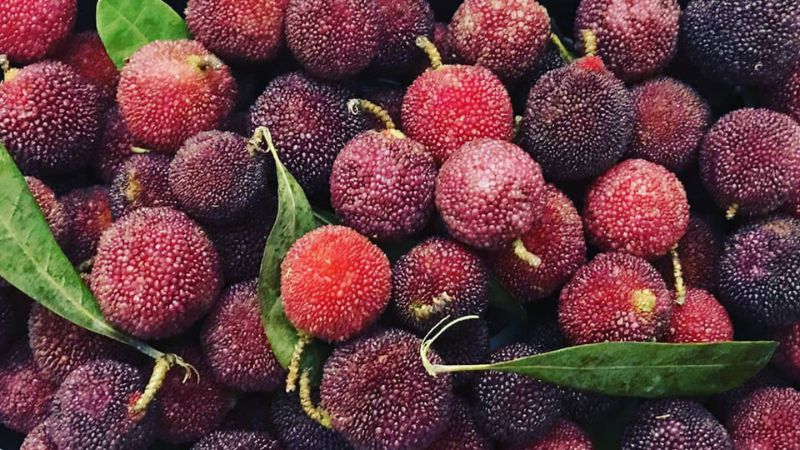 Thanh mai fruit, also known as wild strawberry or wineberry
Thanh mai fruit, also known as wild strawberry or wineberry
2 Benefits of thanh mai fruit
In traditional medicine, thanh mai fruit is considered an effective remedy for digestive problems, such as constipation or bloody stool. For middle-aged people, thanh mai fruit has the ability to clear heat, nourish the lungs, and support the treatment of skin problems, while enhancing the immune system and preventing some other dangerous diseases.
In addition, thanh mai fruit is also known for its ability to support skincare, maintain healthy skin, and prevent aging. For people with blood pressure problems, using thanh mai fruit is also considered an effective way to stabilize blood pressure and reduce the risk of obesity.
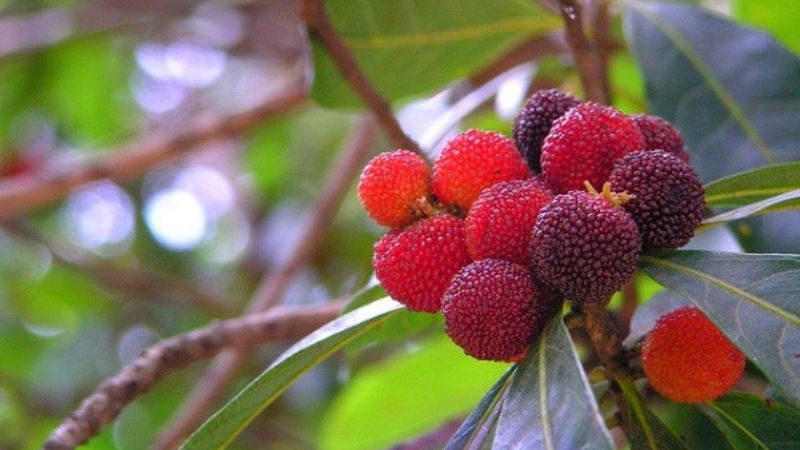 Benefits of thanh mai fruit
Benefits of thanh mai fruit
3 How to choose delicious thanh mai fruit
When choosing thanh mai fruit, you should choose fruits that are not too soft, not crushed, and still fresh. However, avoid choosing fruits that are too hard, as they can easily become dry and spoiled.
After buying, you can soak the thanh mai fruit in diluted saltwater to remove any insects that may be present between the segments. Note that besides thanh mai fruit sourced from various regions in Vietnam, there is also a large amount of imported fruits from China, so it is important to choose fruits with clear origin and sources.
Remember not to eat thanh mai fruit together with seafood, cucumbers, or milk, as it can cause poisoning. In addition, people with symptoms or suffering from diseases related to the gallbladder, gallstones, or lung heat shock should limit the use of thanh mai fruit.
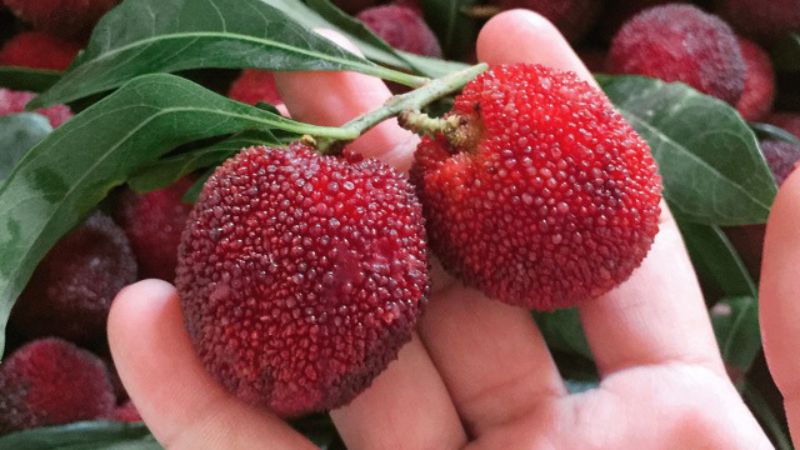 How to choose delicious thanh mai fruit
How to choose delicious thanh mai fruit
4 Delicious dishes with thanh mai fruit
How to make thanh mai syrup
- Take 500g of thanh mai fruit and soak it in diluted saltwater for 30 minutes.
- Remove the fruit, rinse it thoroughly, and let it drain.
- Place the thanh mai fruit in a glass jar.
- Add 300g of sugar and ½ teaspoon of salt.
- Seal the jar and let it soak for 1-2 months.
- Pour the thanh mai soaking water into a glass with ice, stir well, and enjoy.
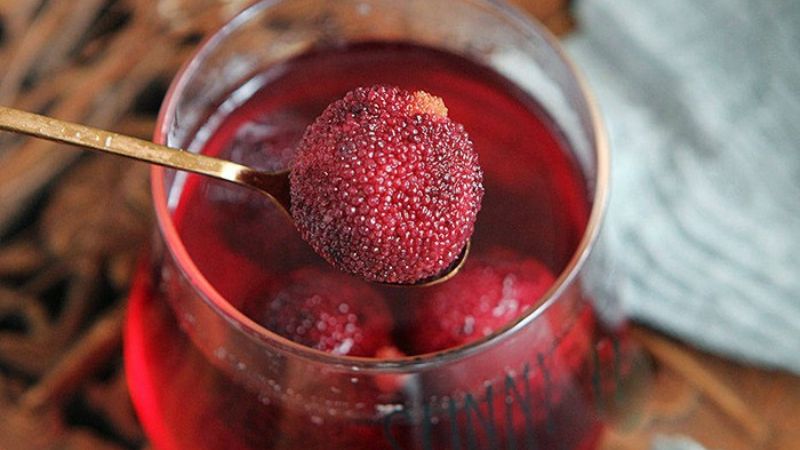 Thanh mai syrup
Thanh mai syrup
How to make thanh mai preserve
- Soak 1kg of thanh mai fruit in diluted saltwater for 30 minutes.
- Remove and soak them in lime water (about 2 liters) for 30 minutes.
- Rinse the fruit thoroughly and let it drain.
- Put the thanh mai fruit in a pot with 150g of finely chopped shallots and 900g of sugar.
- Marinate until the sugar has dissolved.
- Simmer over low heat until the sugar syrup thickens.
- Dry the preserve to get fragrant ô mai.
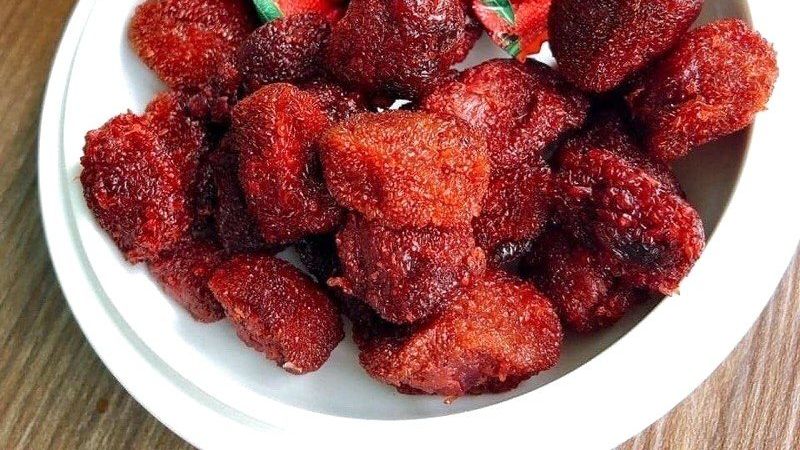 Thanh mai preserve
Thanh mai preserve
How to make thanh mai infused liquor
- Soak 1kg of thanh mai fruit in diluted saltwater for 30 minutes.
- Rinse and let it drain.
- Put the thanh mai fruit into a glass jar.
- Add 200g of sugar and 2 liters of white liquor, seal the lid.
- Let the thanh mai fruit soak in the liquor for about 4-6 months.
- Store at 25°C and drink twice a day, one small glass each time.
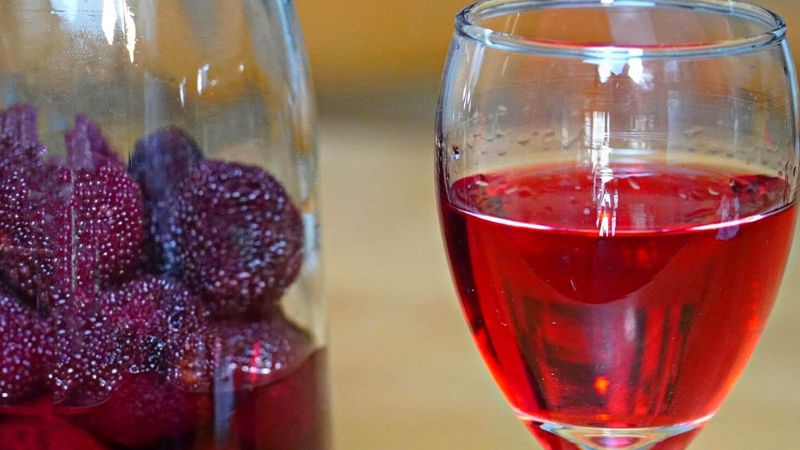 Thanh mai infused liquor
Thanh mai infused liquor
Above are the information about thanh mai fruit that we want to introduce to you. We hope the article has provided you with interesting information.





































